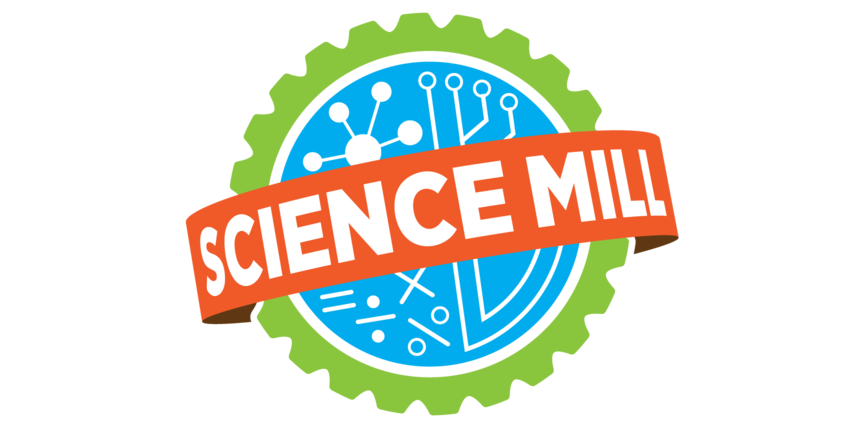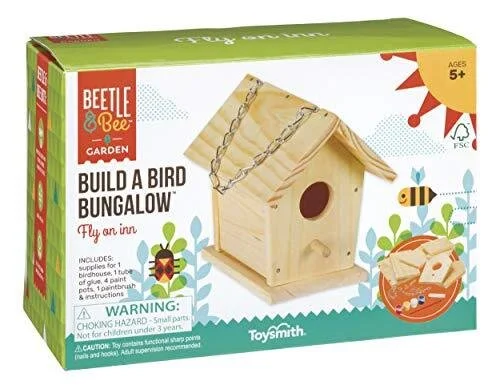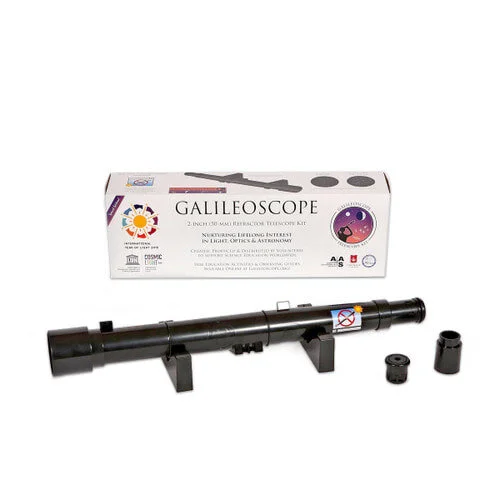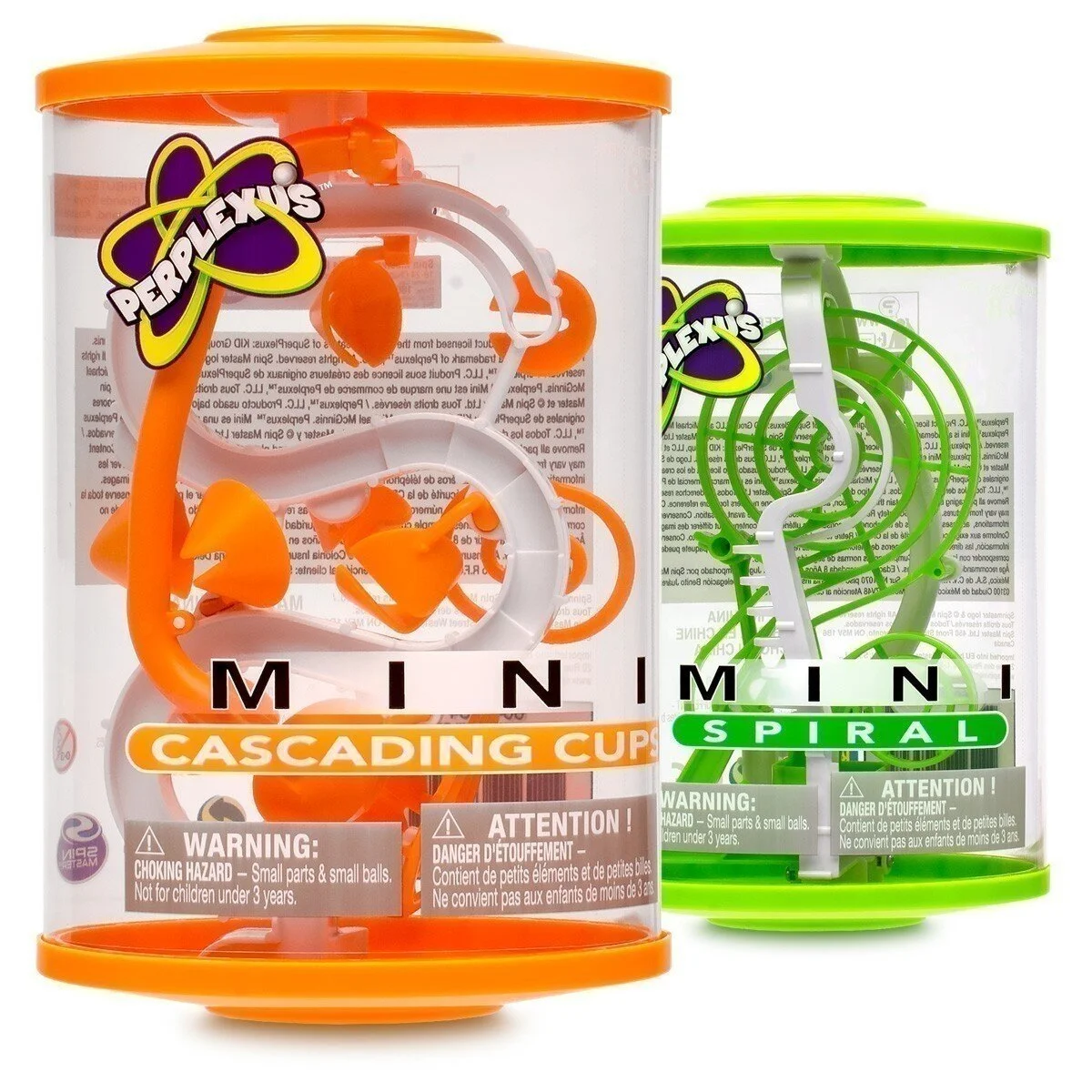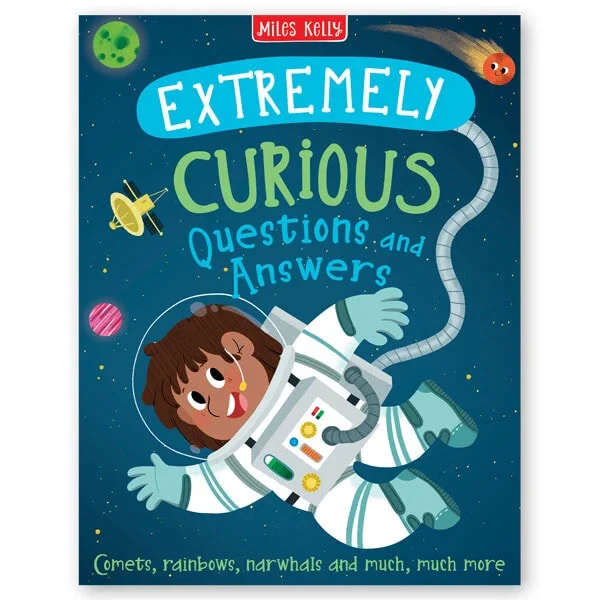Welcome to the Science Mill’s STEM gift guide, focused on enjoying science outside! Inspired by the outdoor exhibits in our Science & Art Park, we’ve selected some of our favorite toys, kits and books that spark kids’ love of nature and wonder for the world around them. There are options for a variety of ages (3+ to teens) and price points (starting at $4). You’ll find these gifts and more in our Science Store, both at the museum and online, with shipping available anywhere in the U.S. An added bonus: all purchases support the Science Mill’s STEM programs for Texas youth and help inspire the next generation of scientists.
For Backyard Biologists
Welcome birds to your backyard! The Build a Bird Bungalow kit includes all the materials to construct and paint a colorful hanging bird house. Nurture a green thumb and imagination with the Mini Fairy Garden. Kids can grow their own garden inside a tiny terrarium with a magical twist.
For a closer look at your tiniest neighbors, try the magnifying Bug Viewer or one of the Nature Explorer Sets—options include a multi-lens magnifying glass, net and bug habitat. Wish you could go “behind the scenes” of an insect’s life? The clear-walled Interactive Ant Habitat lets kids see into ant tunnels. It has everything you need to care for a colony—just add ants!
Science Mill inspiration: Butterfly Garden, African Spurred Tortoises, Aquaponics Greenhouse
For Stargazers & Storm Chasers
Not only is the Galileoscope powerful enough to view Saturn’s rings and the moon’s craters, kids get to build it themselves! Experiment with lenses and learn about optics as you complete the kit, then head outside to explore the skies. Bring along the Pocket Star Finder to help identify constellations.
Go from asking “What’s the weather?” to explaining, how it works with the Climate and Weather Kit. Build a model Earth and use it to recreate our planet’s atmosphere, wind systems and air currents; track your local weather with a DIY barometer and rain gauge.
Science Mill inspiration: Bubble Station, Story of Water, NASA Rockets
For Engineers & Experimenters
With the Solar Mechanics Kit, kids can build race cars, windmills, robots and more—all powered by the sun! Follow the 20 suggested projects or create your own using the kit’s solar motor. For more fun with the sun, check out the Physics Solar Workshop: it has everything young engineers need to experiment with solar cells, motors and simple machines. Use the sun to fuel kids’ artistry, too: Capture shapes and create patterns on sun-sensitive paper with the Solar Print Kit + Solar Print Paper refills.
Look out below—these kits turn physics into high-flying fun! Make a Flinger Bot from a wacky Rube Goldburg-style mix of gears, propellers and hydraulics. Or Make a Catapult following a wooden design inspired by Leonardo da Vinci. Turn it into a team sport: Stack the Wooden Toppling Towers together, then take turns trying to remove a piece without causing a crash!
Science Mill inspiration: Incredible Ball Machine, Wave Pendulum, Colossal Robotic Hand
For Coders & Puzzlers
Turn your yard into a technology lab with Makey Makey GO. Compatible with USB-port devices, this portable circuitry tool lets kids turn everyday objects into digital touchpads. Create a swing set counter or a soccer scorekeeper!
Perplexus Mini is a hand-held 3D puzzle that takes mental focus and physical coordination (aka a perfect brain break to get the wiggles out!). Flip, twist and spin as you guide a marble through a miniature maze. Create your own dizzying mazes with Sidewalk Spiral Art. The stencils interlock like gears, letting kids create intricate chalk design—it’s art and math combined.
Science Mill inspiration: Banana Piano (powered by Makey Makey!) Labyrinth, Wondergraph
For Everyone Stocking Stuffers
Don’t mistake this stocking stuffer for a lump of coal! Smashable Geodes look like bumpy brown rocks on the outside, but a hammer’s whack reveals sparkling crystals inside. For a different take on geology, try the Magic Sand Kit: silicone oil coats each grain of sand, creating a unique material you can squish, shape and pour (and clean up with ease).
Books are always a great way to spark curiosity and creativity. The Science Store’s Book section has everything from board books for babies to activity guides for aspiring architects, astronauts and scientists. Here are just a few of our favorites:
Of course, you can’t go wrong with a gift card or a Family Membership! Our Science Store also has fun ways to make a celebratory contribution in honor of a loved one—such as donations to help feed the tortoises or plant seeds in our Aquaponics Greenhouse.
